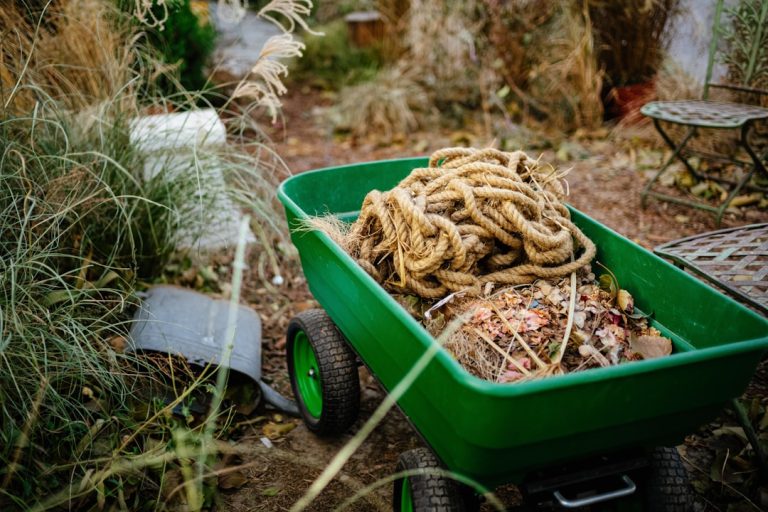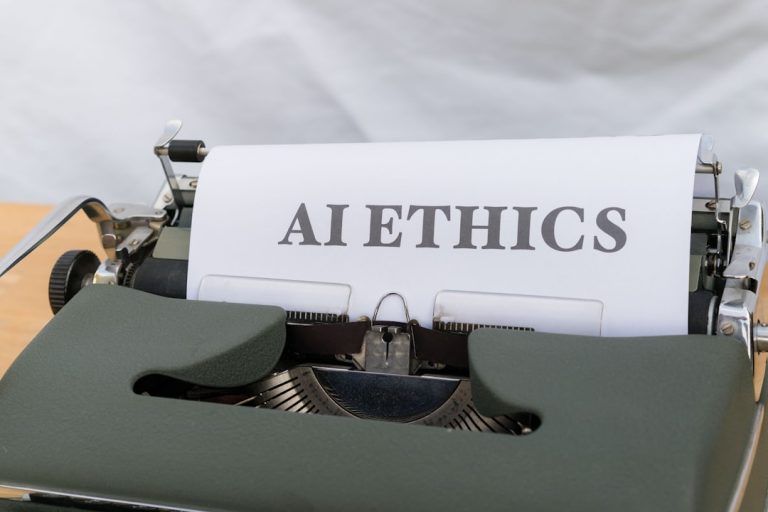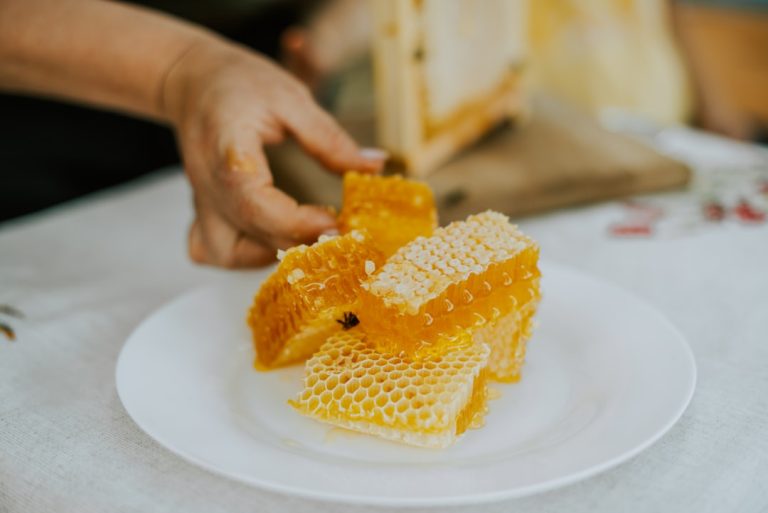The Impact of “precycling” on Minimizing Waste Before It Starts.
The Impact of “Precycling” on Minimizing Waste Before It Starts
In a world grappling with overflowing landfills and plastic pollution, the conversation around waste management often centers on recycling. We diligently sort our plastics, glass, and paper, believing we’re doing our part. But what if there was an even more powerful, proactive approach to waste reduction? Enter “precycling” – a concept that shifts our focus from dealing with waste *after* it’s created to preventing it from ever existing in the first place. This isn’t just a clever buzzword; it’s a fundamental reorientation of our consumption habits, promising a profound impact on minimizing waste before it even starts its journey to our bins.
Precycling isn’t merely an extension of recycling; it’s a paradigm shift. While recycling deals with the end-of-life of a product, precycling intervenes at the very beginning of the consumption cycle. It challenges us to scrutinize our purchasing decisions, asking whether an item’s packaging or inherent disposability aligns with our commitment to environmental stewardship. The impact of this upstream thinking is transformative, reducing the burden on waste management systems, conserving natural resources, and fostering a more sustainable relationship with the products we bring into our lives. By consciously choosing products with less packaging, opting for reusable alternatives, and repairing instead of replacing, we actively participate in a preventative strategy that significantly curtails the volume of waste generated. This proactive stance is not just beneficial for the planet; it empowers individuals to become active agents in solving the global waste crisis, one thoughtful choice at a time.
Unpacking the ‘Pre’ in Precycling: A Foundational Shift in Waste Management
To truly grasp the transformative impact of precycling, it’s essential to understand its core philosophy and how it fundamentally differs from its more widely known cousin, recycling. Recycling is a reactive process; it attempts to recover value from materials *after* they have been used and discarded. It requires energy, resources, and complex infrastructure to collect, sort, process, and remanufacture items. While undeniably crucial, recycling is often seen as a last resort in the waste hierarchy, following reduction and reuse. Precycling, on the other hand, embodies the pinnacle of waste prevention – it’s about making deliberate choices at the point of purchase, or even before, to avoid creating waste altogether.
This “pre” prefix signifies prevention. It’s about designing out waste from the outset, moving beyond merely managing waste to actively preventing its generation. Imagine a scenario where you choose a product because it comes in a refillable container, or you opt for a durable, long-lasting item over a flimsy, single-use alternative. These are acts of precycling. The impact of such choices is immediate and profound: less material needs to be manufactured, transported, and eventually disposed of. This proactive approach saves energy, reduces carbon emissions, conserves raw materials, and alleviates the strain on overstretched recycling facilities and landfills. By integrating this foundational shift into our daily routines, we move from being passive consumers to active participants in a more resource-efficient and environmentally responsible system.
Stopping the Stream: How Precycling Intercepts Waste at the Source
The most direct and powerful impact of precycling lies in its ability to halt the waste stream before it even begins its flow. Unlike downstream solutions that deal with waste once it has been generated, precycling acts as a crucial upstream interceptor. Consider the journey of a typical product: raw materials are extracted, processed, manufactured, packaged, transported, sold, consumed, and then disposed of. Every step in this linear process has an environmental footprint. Precycling strategically intervenes at the consumption and purchasing points, preventing waste from entering this cycle in the first place.
When you choose to buy loose produce instead of pre-packaged vegetables, you’re not just reducing plastic waste; you’re preventing the demand for that plastic to be manufactured, transported, and eventually processed. When you opt for a durable, rechargeable battery over countless single-use ones, you’re circumventing the need for continuous raw material extraction and disposal. This interception at the source has cascading benefits: it reduces the energy and water consumption associated with manufacturing new products and packaging, diminishes the pollution generated during production, and lessens the burden on transportation systems. Furthermore, it directly reduces the volume of material that would otherwise end up in landfills or recycling plants, freeing up resources and capacity. Precycling transforms every shopping trip and consumption decision into an opportunity to actively disengage from the linear “take-make-dispose” model, steering us towards a more circular economy principles where waste is designed out.
Beyond the Bin: The Ripple Effects of Preventing Waste’s Inception
The impact of precycling extends far beyond simply having less in our bins. Its preventative nature creates significant ripple effects that touch environmental, economic, and even personal spheres. Environmentally, by preventing waste at its source, we directly reduce the strain on natural resources. Less packaging means fewer trees cut, less petroleum extracted for plastics, and less water used in manufacturing. This also translates to a reduction in greenhouse gas emissions associated with production and transportation. Preventing waste also means less material ends up in landfills, mitigating issues like methane emissions (a potent greenhouse gas) and leachate contamination of soil and water. The global struggle against plastic pollution, particularly in oceans, finds a powerful ally in precycling, as it targets the creation of single-use plastics before they can ever become pollutants.
Economically, precycling can lead to surprising savings. While some bulk or unpackaged items might initially seem more expensive, the long-term investment in durable, reusable goods often proves more cost-effective. Think of the money saved by using a reusable coffee cup daily versus buying a disposable one. For businesses, adopting precycling principles can lead to reduced packaging costs, more efficient supply chains, and an enhanced brand image among environmentally conscious consumers. From a personal standpoint, embracing precycling fosters a more mindful and intentional relationship with consumption. It encourages us to value quality over quantity, durability over disposability, and experiences over material accumulation. This shift can lead to a less cluttered home, a clearer conscience, and a deeper connection to sustainable living principles. The ripple effects create a positive feedback loop, encouraging more sustainable choices and further amplifying the impact of preventing waste before it starts.
Empowering Upstream Choices: Practical Pathways to Precycle Effectively
Understanding the impact of precycling is one thing; integrating it into daily life is another. The good news is that numerous practical pathways exist to empower individuals and households to make effective upstream choices. It begins with a shift in mindset: seeing every purchase as an opportunity to prevent waste. One of the most straightforward methods is to prioritize unpackaged or minimally packaged goods. This means opting for loose fruits and vegetables, choosing bulk bins for grains, nuts, and spices, and seeking out products in returnable or refillable containers. Many stores now offer refill stations for household cleaners, soaps, and even some food items, allowing consumers to bring their own containers.
Another crucial pathway involves investing in reusables. This includes carrying a reusable water bottle, coffee cup, and shopping bags. Beyond these basics, consider reusable food storage containers, cloth napkins instead of paper towels, and durable razors with replaceable blades. When faced with a purchasing decision, ask yourself: “Is there a reusable alternative to this single-use item?” Furthermore, actively supporting businesses with sustainable practices is a powerful form of precycling. Seek out companies that prioritize durable design, offer repair services, use minimal or compostable packaging, or have take-back programs for their products. Finally, the act of repairing and maintaining items rather than immediately replacing them is a core precycling strategy. Learning basic repair skills or utilizing local repair shops extends product lifespans, drastically reducing the demand for new goods and the waste associated with discarding old ones. By consciously adopting these pathways, individuals can significantly amplify their personal impact on waste prevention.
Cultivating a Prevention Mindset: Precycling’s Role in a Sustainable Future
The true, long-term impact of precycling lies in its ability to foster a widespread prevention mindset – a cultural shift that sees waste not as an inevitable byproduct, but as a design flaw. This mindset is crucial for building a truly sustainable future. When individuals and communities consistently choose to prevent waste before it starts, it sends a powerful signal up the supply chain. Consumer demand for less packaging, more durable products, and refillable options incentivizes manufacturers and retailers to innovate and adopt more sustainable business models. This pressure can drive systemic change, moving industries away from linear production (take-make-dispose) towards more circular systems where resources are kept in use for as long as possible.
A prevention mindset also empowers individuals to become more discerning and critical consumers. It encourages questioning the necessity of every purchase, considering the entire lifecycle of a product, and understanding the environmental consequences of our choices. This deeper awareness is fundamental to addressing not just waste, but broader issues like resource depletion, pollution, and climate change. Precycling, therefore, isn’t just about individual actions






